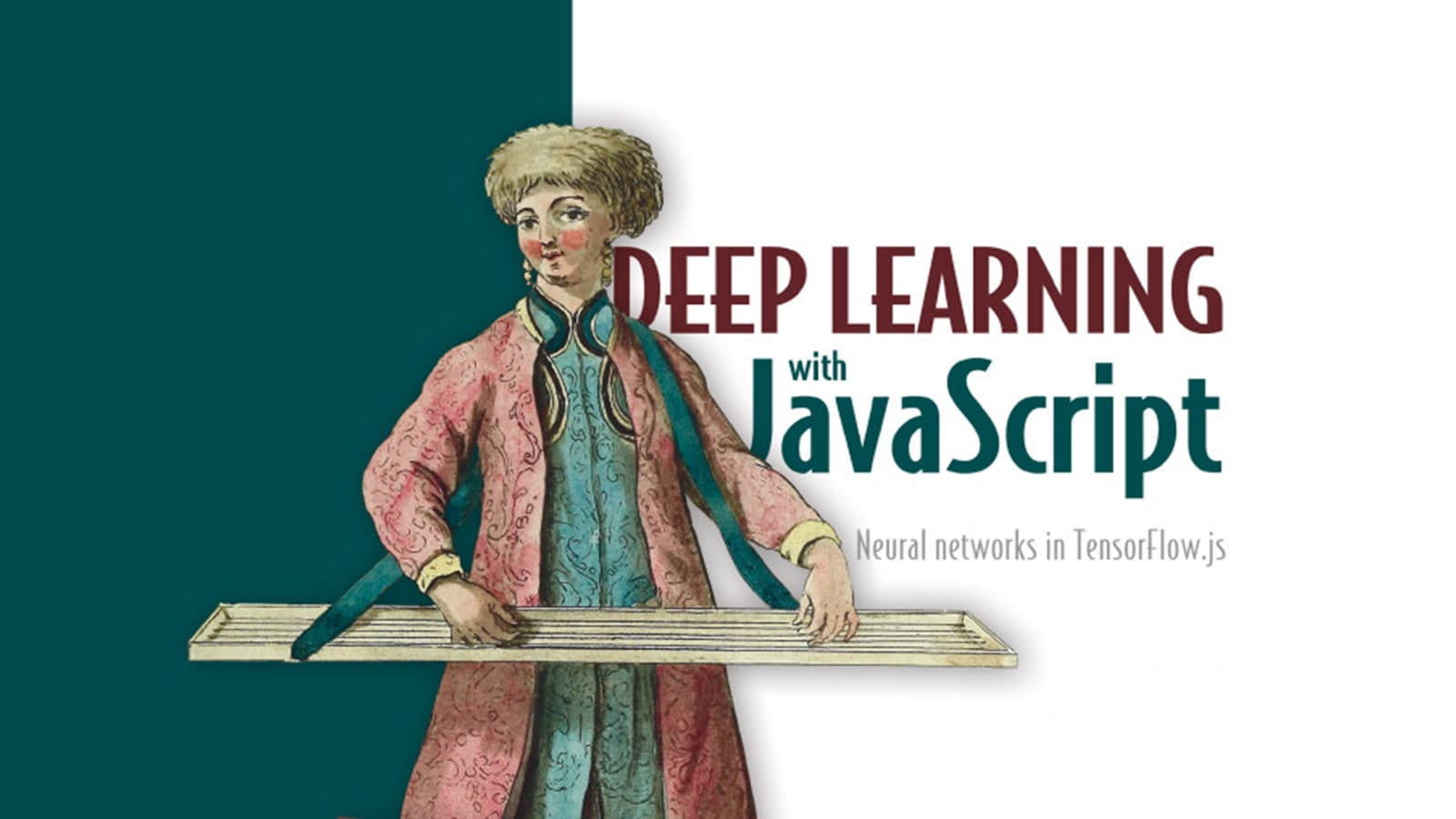TensorFlow để phát triển JavaScript
Trước khi bắt đầu với các tài liệu học tập dưới đây, bạn nên:
Thoải mái với việc lập trình trình duyệt bằng HTML, CSS và JavaScript
Làm quen với việc sử dụng dòng lệnh để chạy tập lệnh Node.js
Chương trình giảng dạy này dành cho những người muốn:
Xây dựng mô hình ML bằng JavaScript
Chạy các mô hình hiện có ở bất cứ nơi nào Javascript có thể chạy
Triển khai mô hình ML lên trình duyệt web
TensorFlow.js cho phép bạn phát triển hoặc thực thi các mô hình ML trong JavaScript và sử dụng ML trực tiếp ở phía máy khách trình duyệt, phía máy chủ thông qua Node.js, bản gốc di động thông qua React Native, bản gốc máy tính để bàn thông qua Electron và thậm chí trên các thiết bị IoT thông qua Node.js trên Raspberry Pi. Để tìm hiểu thêm về TensorFlow.js và những gì có thể làm với nó, hãy xem bài nói chuyện này tại Google I/O.
Bước 1: Làm quen với machine learning trên trình duyệt
Để được giới thiệu nhanh về kiến thức cơ bản về ML trong JavaScript, hãy tham gia khóa học theo nhịp độ riêng trên Edx hoặc xem các video bên dưới hướng dẫn bạn từ những nguyên tắc đầu tiên đến sử dụng các mô hình tạo sẵn hiện có và thậm chí xây dựng mạng thần kinh của riêng bạn để phân loại. Bạn cũng có thể thử Tạo webcam thông minh trong JavaScript Codelab để biết hướng dẫn tương tác về các khái niệm này.

Phần giới thiệu cấp cao về học máy trong JavaScript này dành cho các nhà phát triển web đang muốn thực hiện những bước đầu tiên với TensorFlow.js.

Đi từ số 0 đến anh hùng với web ML bằng TensorFlow.js. Tìm hiểu cách tạo các ứng dụng web thế hệ tiếp theo có thể chạy phía máy khách và được sử dụng trên hầu hết mọi thiết bị.

Tìm hiểu cách tải và sử dụng một trong các mô hình được đào tạo trước của TensorFlow.js (COCO-SSD) và sử dụng mô hình đó để nhận dạng các đối tượng phổ biến mà nó đã được đào tạo.





